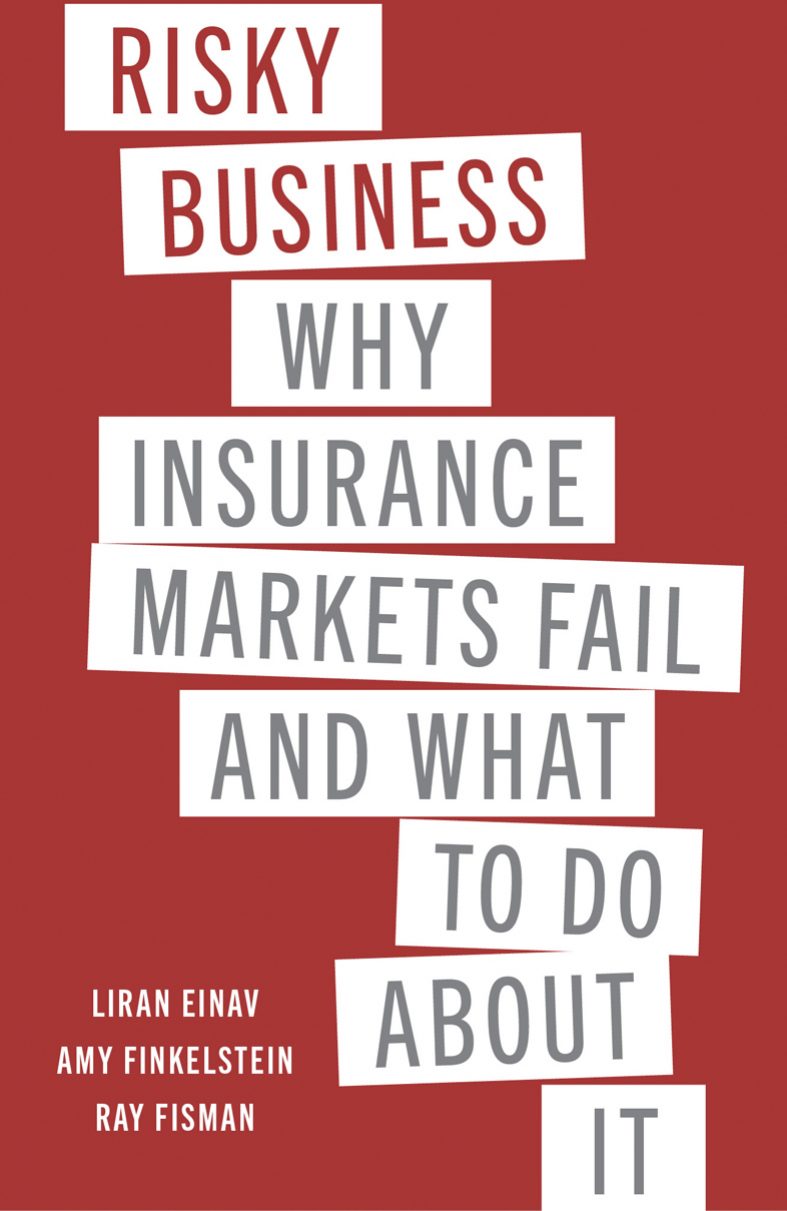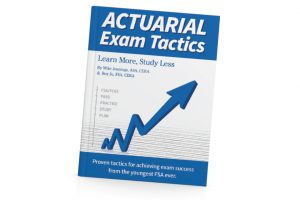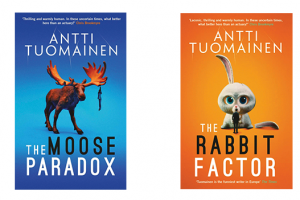Review by Jim Lynch
Risky Business: Why Insurance Markets Fail and What to Do About It
By Liran Einav, Amy Finkelstein, and Ray Fisman
Decades ago, I reviewed the loss reserves of a tiny nonstandard auto[1] program that was losing lots of money. Management knew why: The rating plan inadvertently charged young male drivers much less than competitors did.
The young men (or their agents) seized upon the glitch. The insurer sold lots of policies at an inadequate rate and lost millions before it could correct things.
That was the first time I saw adverse selection in action. It may be an insurer’s greatest fear—customers exploit a leaky spot in the price matrix, and the product loses millions.
Now you can read a book about adverse selection: Risky Business: Why Insurance Markets Fail and What to Do About It. Economists Liran Einav, Amy Finkelstein, and Ray Fisman have written a balanced, clear examination of adverse selection for a nontechnical audience. Readers with insurance backgrounds will have to balance the pleasures of a familiar discussion with the annoyances of some blatant inaccuracies.
The authors describe a cat-and-mouse game, where each side tries to take advantage of its informational advantage. Insurers know the law of averages—how likely it is for, say, a 70-year-old to die in the next five years. Consumers know their own situation—the 70-year-old knows, for example, that none of their ancestors ever lived past 65. The game ensues.
If one side gets too much of an edge, the marketplace can collapse. Regulators set rules to prevent that. Those rules must constantly change as one side then the other gains an edge.
The authors—economists at Stanford, MIT, and Boston University—do a good job of describing the intricacies from the perspectives of consumer, regulator, and insurer. Unlike many mainstream insurance works, the authors are sympathetic to the insurer’s plight: They patiently explain, for example, that a need to balance equality and efficiency limits a customer’s ability to switch between privately insured Medicare Advantage and the traditional Medicare.
Sick and healthy customers are treated equally at 65 as they enter the Medicare system, but soon they lose the right to easily change plans. If customers could switch at will, the authors write, they would use their knowledge of their own health to buy cheap coverage until they became sick. Thus the rule: After a relatively short period, “[I]nsurers are free to use whatever information they can uncover to decide who gets to be their customer and at what price.”
That can seem unfair to a person who suffers catastrophic illness at age 70, and it’s not the only solution, but it is one the authors maintain is the result of a “sensible policy process.” They suggest government teach new retirees to choose a plan based on what their health will be over the remainder of their lives, rather than how good they feel at the moment.
Though clear, the authors can get wordy. They explain, again and again, that life insurance typically excludes coverage for suicides for a short period after issuance and that dental insurance has similar, shorter waiting periods.
I understand their challenge. To explain the complex, a writer must risk sounding banal. It is better to repeat oneself than to leave a reader confused.
They seem most comfortable citing examples from health insurance, a favorite topic for economists. Employers and government have subsidized its cost for decades, distorting prices painfully. The standard economic proposal has been to shift costs back to the consumer. As they suffer, the market will correct.
Politicians know that’s a pipe dream. Barack Obama mocked economists by saying they believed the problem with the health care system was that people didn’t pay enough for it.
Obamacare removed many of the opportunities for adverse selection. Only a few rating variables remain, like age (though it is limited), location, and tobacco use. Applicants can’t be rejected.
The playing field has shifted. So has the search for a selection advantage. The authors ably describe how private Medicare Advantage insurers have offered customers free health club memberships, knowing such incentives attract the healthy and repel the sick. They also show how regulators, by restricting such practices, act as the mallet in a game of insurance whack-a-mole.
Consumers and insurers have to adjust to the changes, but the authors have not kept up as well as one would hope.
They write (several times) that someone born with a genetic malady may be unable to get health insurance, but Obamacare has shrunk the likelihood from inevitable to improbable.
They devote a chapter to how adverse selection forces the government to mandate coverage. Without a mandate, economists have argued, people would stay out of the system until they got sick. It was the Supreme Court’s 2012 discussion of the mandate that the authors say inspired the book.[2]
But the mandate has no teeth, and it hasn’t since 2019. There is no punishment at the federal level if one doesn’t buy health insurance. Surely the authors know this, but the book had no mention that I could find. It would have been interesting to read about research into why the program hasn’t struggled as economists predicted.
I would have also liked to have seen more examples of adverse selection drawn from life and property/casualty lines. There the game continues, but it doesn’t seem the authors understand those markets as well.
They write that private annuities are “rare” and say the market is “surprisingly small.” That marketplace had $250 billion in considerations in 2021.
They write that reckless drivers buy higher limits because they know they possess weak driving skills and must protect their assets. Good drivers buy less coverage, they say, for similar reasons.
The authors would have done well to document this. My experience indicates the opposite is true. Bad drivers pay more per dollar of limit, so are inclined to purchase lower limits. Good drivers find the opposite and buy higher limits.
Moreover, hardly anyone knows whether they are a good driver. A famous Swedish survey found that 93% of drivers considered themselves in the top 50th percentile. On that basis, 86% of bad drivers are unaware of their ineptitude, an example of a phenomenon colloquially known as the Lake Wobegon effect—everybody is above average. Social psychologists call it illusory superiority, and I would enjoy seeing how behavioral economists have studied its application to insurance.
Auto’s adverse selection comes instead from the information contained in price. The nonstandard portfolio I reviewed did not suffer because young males knew they were bad drivers. It suffered because they figured out my client’s rates were lowest, which is not the same thing.
Despite these missed opportunities, authors Einav, Finkelstein, and Fisman have written a clear analysis of adverse selection—one that can inform policymakers while entertaining insurance aficionados with tales of risk selection and its asymmetries.
References
[1] Nonstandard auto covers some of the trickier personal auto risks, like people who have been in a lot of accidents or have thin driving records. [2] Justice Antonin Scalia suggested that if the government could force one to buy insurance, it could force one to eat one’s broccoli at dinner.




